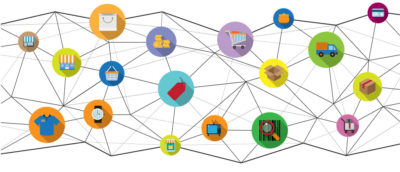Reaching todays "common client"





by Tony Vidler ![]()
![]()
![]()
 Reaching todays common client is not easy for professionals. They are easy to find for sure, but reaching them and getting their attention is something else again. When you consider how a buying process happens today it becomes a lot easier to understand why it is so hard – and what one can do about it as a service provider.
Reaching todays common client is not easy for professionals. They are easy to find for sure, but reaching them and getting their attention is something else again. When you consider how a buying process happens today it becomes a lot easier to understand why it is so hard – and what one can do about it as a service provider.
Let’s use a real life example: our household. We are probably what could be called a pretty “common client” for many professional services firms, and how the people in our house buy things is probably pretty common too.
So we had to buy a tree as a present for someone. I kid you not. A weird present perhaps too, but that’s what this person wants. Not just any tree either, but they want something called a “Persimmon” tree.
It occurred to me in the post-Persimmon-purchase-attempt debrief that this was a pretty typical buying journey for todays consumer, or rather for todays typical consumer household.
 To be fair, buying a fruit tree is not quite the same as purchasing a bit of estate planning or buying a little bit of portfolio construction advice. But then, the process is actually rather similar – at least in our household.
To be fair, buying a fruit tree is not quite the same as purchasing a bit of estate planning or buying a little bit of portfolio construction advice. But then, the process is actually rather similar – at least in our household.
The more I thought about it the more I realised that the process has been pretty similar for “purchasing” family holidays, some actual estate planning, and a couple of investment decisions… and the process was pretty much the same.
What are the significant observations for professionals from this example?
The bottom line is whether you are trying to retail strange trees or whether you are providing professional services you have to put your marketing efforts into matching the consumers buying behaviour. Figure out how your target market goes through their decision-making journey to use the services of someone like you and then position in advance so you become a natural selection in their consideration phase.
Comments (0)